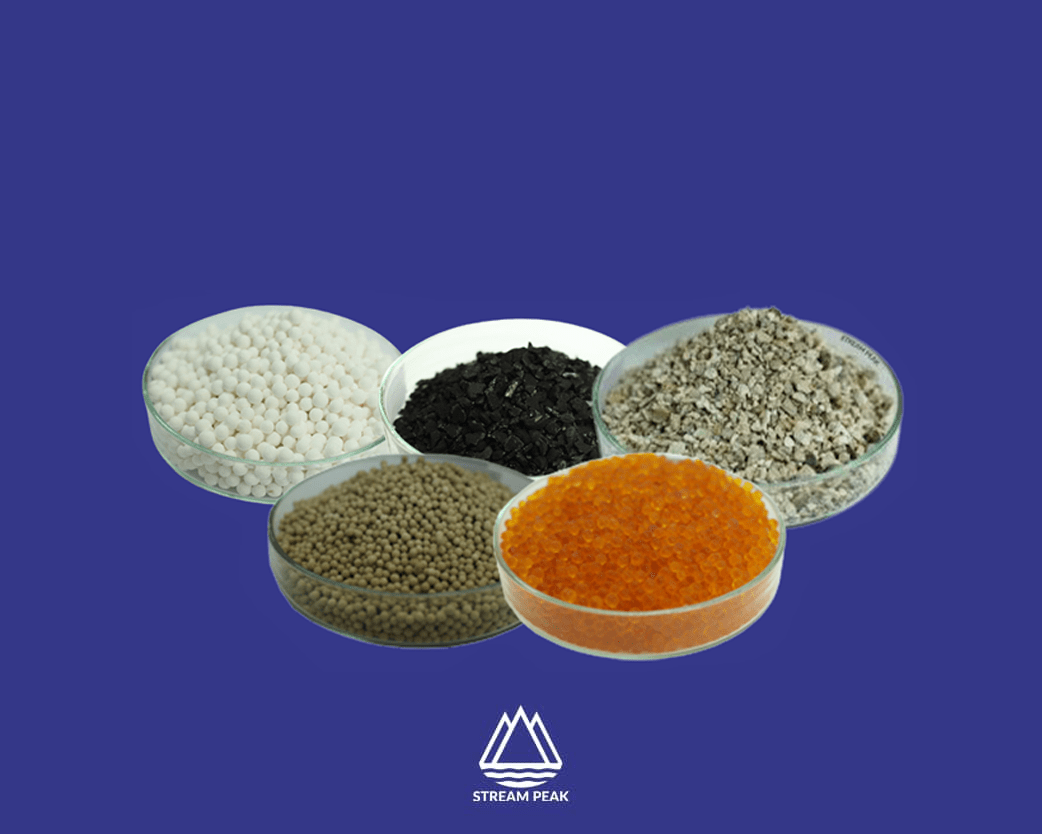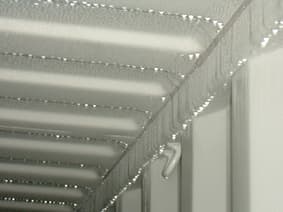Do moisture absorbers really work?

Moisture absorbers protect valuable products and equipment during shipping and storage. Manufacturers design these materials to absorb moisture from the surrounding environment. Adsorption is when the moisture absorbers attract and trap water molecules from the surrounding air within the desiccant granules.
Using moisture absorbers reduces humidity and prevents rust, corrosion, mould growth, and other moisture damage. Various moisture absorbers, including silica gel, clay, calcium chloride, and activated carbon, are available. Silica gel is a popular option, often used in desiccant bags. They are placed inside product packaging to protect against moisture damage during shipping.
In addition to protecting products, moisture absorbers are crucial for safeguarding sensitive machinery components. These components include electronics, bearings, and gears in a factory. By minimising the humidity level in machinery enclosures or storage areas, moisture absorbers help ensure that equipment remains in good working condition.
Businesses prioritising using moisture absorbers can avoid costly damage to their products and machinery. Such solutions can increase customer satisfaction, reduce maintenance costs, and improve overall revenue. Let’s find out more about how moisture absorbents work.
How do moisture absorbers work?
Moisture absorbers, also known as desiccants, attract and trap water molecules from the surrounding air within their desiccant granules. Desiccant materials, such as silica gel, activated clay, and calcium chloride, have a high affinity for water molecules. When placed in an environment with high humidity, such as a shipping container, the desiccant granules begin to adsorb the moisture in the air.
The desiccant granules adsorb water molecules, changing their physical state as they transform chemically. For example, silica gel beads in moisture-absorbent packs will turn orange to green as they adsorb moisture. This colour change indicates that the desiccant material has reached its maximum capacity to adsorb moisture, and replacement is required.
Once the moisture-absorbent packs have adsorbed as much moisture as possible, the desiccant granules trap the moisture. This prevents moisture from circulating in the air. High humidity can be a common problem in shipping containers, particularly during long ocean voyages. Using humidity moisture absorbers can help mitigate this issue, protecting products from rust, corrosion, mould growth, and other moisture damage.
What causes condensation in shipping containers?
Extreme temperature changes and humidity levels  can result in condensation inside shipping containers. This change happens when the warm, moist air inside the container meets a surface that is cooler than the dew point of the air. The dew point is the temperature at which the air becomes saturated and cannot hold any more moisture, resulting in condensation.
can result in condensation inside shipping containers. This change happens when the warm, moist air inside the container meets a surface that is cooler than the dew point of the air. The dew point is the temperature at which the air becomes saturated and cannot hold any more moisture, resulting in condensation.
For example, when a container is loaded in a hot and humid environment and then transported to a cooler location, such as a port, the temperature inside the container will decrease. The temperature difference causes the water vapour in the air to condense into water droplets.
Factors that can influence the condensation levels in shipping containers include:
- Temperature differences: The larger the temperature difference between the interior and exterior of the container, the more likely condensation will occur.
- Humidity: High humidity levels inside the container increase the moisture in the air, increasing the likelihood of condensation.
- Insulation: Insulated containers are less likely to experience condensation as the insulation reduces the temperature differences between the interior and exterior surfaces.
- Ventilation: Proper ventilation allows the air inside the container to circulate, reducing humidity levels and minimising the potential for condensation.
- Duration of transport: Longer transport times increase the likelihood of temperature and humidity changes, leading to more potential for condensation.
Given the surge in shipping costs, frequent port congestion, and uncertain delivery schedules, it’s crucial to safeguard containerised cargoes from moisture. Moisture accumulation can cause severe harm during land and sea transportation.
A temperature decrease of just 4.4 to 5.5° C (8 to 10° F) on the container’s surface is all it takes for residual humidity from the shipping environment to precipitate and quickly condense into water droplets, also known as “container rain.” Container rain can occur in any enclosed space, whether within a product package or a 20- or 40-foot shipping container. Once it happens, any moisture-sensitive goods such as raw agricultural commodities, metal products, fabric and leather goods, and consumer electronics are at risk of damage.
How do moisture absorbers in shipping containers work?
When appropriately used, shipping container desiccants can help maintain optimal humidity levels and protect products from moisture damage. However, it is essential to note that the effectiveness of moisture absorbers can vary depending on factors such as container size, cargo type, and transport conditions.
In addition to using moisture absorbers, there are other methods to reduce moisture build-up in shipping containers. These include:
Ventilation: Proper ventilation can help circulate air and reduce humidity levels in the container. This is particularly important for containers transporting goods emitting moisture, such as fresh produce.
Insulation: Insulating the container can help maintain a consistent temperature and reduce the risk of condensation. Insulation is essential for refrigerated containers that require a specific temperature range.
Desiccant bags are larger moisture absorber bags placed on the container floor to absorb moisture. They are effective for larger shipments or cargo requiring more moisture protection. Find out more on how much desiccant to use.
Barrier packaging: Barrier packaging can provide an extra layer of protection by creating a barrier between the product and moisture. For example, a barrier bag can protect electronic components from moisture damage.
Use moisture absorbers to protect business assets.
Monitoring humidity and temperature changes during transport can help businesses anticipate and avoid condensation issues. By taking proactive measures, companies can protect their products from moisture damage and ensure they arrive in good condition at their destination.
Incorporating moisture absorbers into shipping and machinery storage practices is a smart investment to help businesses protect their valuable assets and improve their overall operational efficiency. At Stream Peak, we provide multiple packaging solutions to keep goods safe. Browse our website to learn more about the available types of moisture absorbers, and contact us if you need help with what’s suitable for your business.

